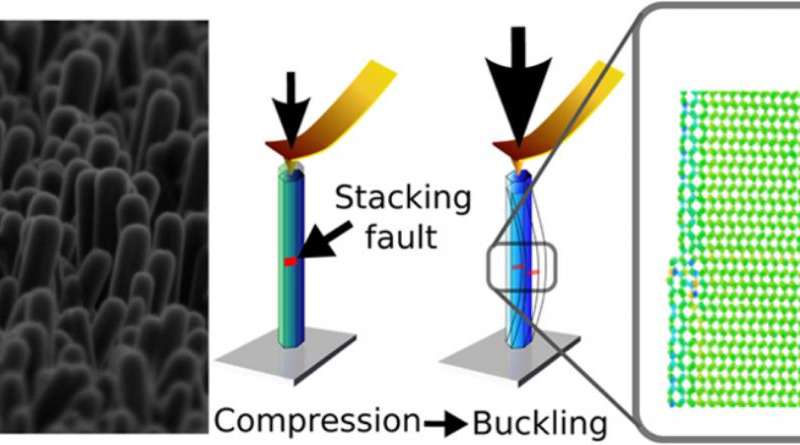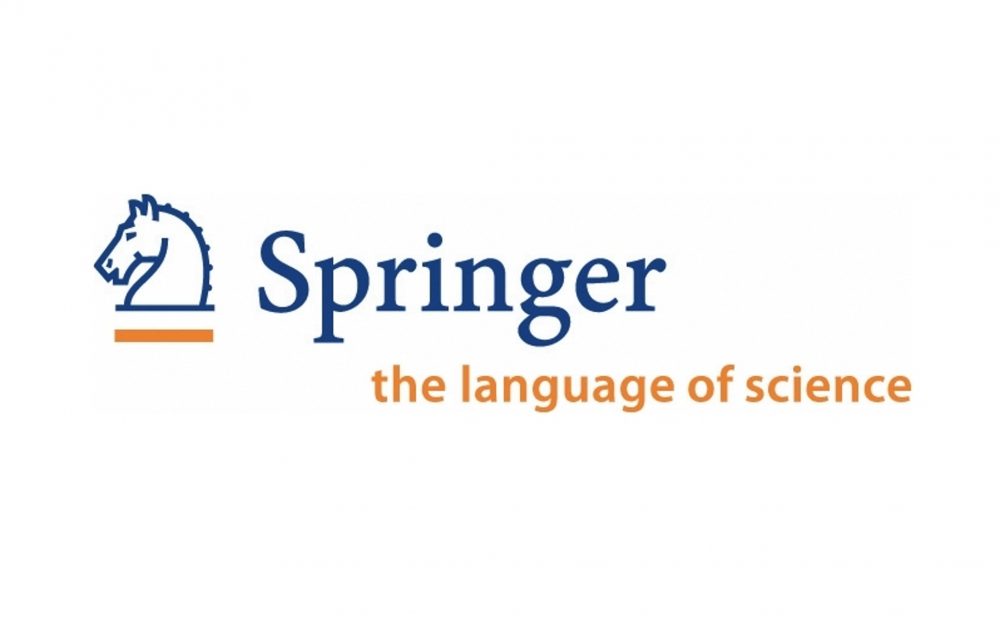A conventional fixed-wing aircraft flight control system consists of flight control surfaces, the respective cockpit controls, connecting linkages, and the necessary operating mechanisms to control an aircraft’s direction in flight. Control means the ability to maneuver the aircraft into any desired position. Flight control systems are the basic methods that use
different mechanisms to control an aircraft during performing various activities such as rolling, pitching and yawing. The axes of flight are controlled by three different types of control surfaces – respectively; ailerons, elevators and rudder. Each control surface has the responsibility of maneuverability the aircraft within one of the axes: longitudinal (roll), lateral (pitch) and vertical (yaw) as shown in Figure 1.

A simple flight control system may be all mechanical; that is, operated entirely through mechanical linkage and cable from the control stick to the control surface. Other more sophisticated flight control systems may use electrical or hydraulic power to provide. There are presently two main methods of connecting the pilot’s controls to the rest of the flight control system. These are; push-pull control rod systems and cable and pulley systems. In the cable and pulley system, cables are connected from the control in the cockpit to a bell crank or sector. The bell crank is connected to the control surface. Movement of the cockpit controls transfers force through the cable to the bell crank, which moves the control surface.

In the push-pull control rod system, metal push-pull rods are used as a substitute for the cables. Push-pull rods get their name from the way they transmit force. Figure 3 shows a simplified three dimensional schematic of the Hawk 200 flight control and levers -which is indicated in red circles- used in the control system. The system splits logically into pitch–yaw (tailplane and rudder) and roll (aileron) control runs respectively.









